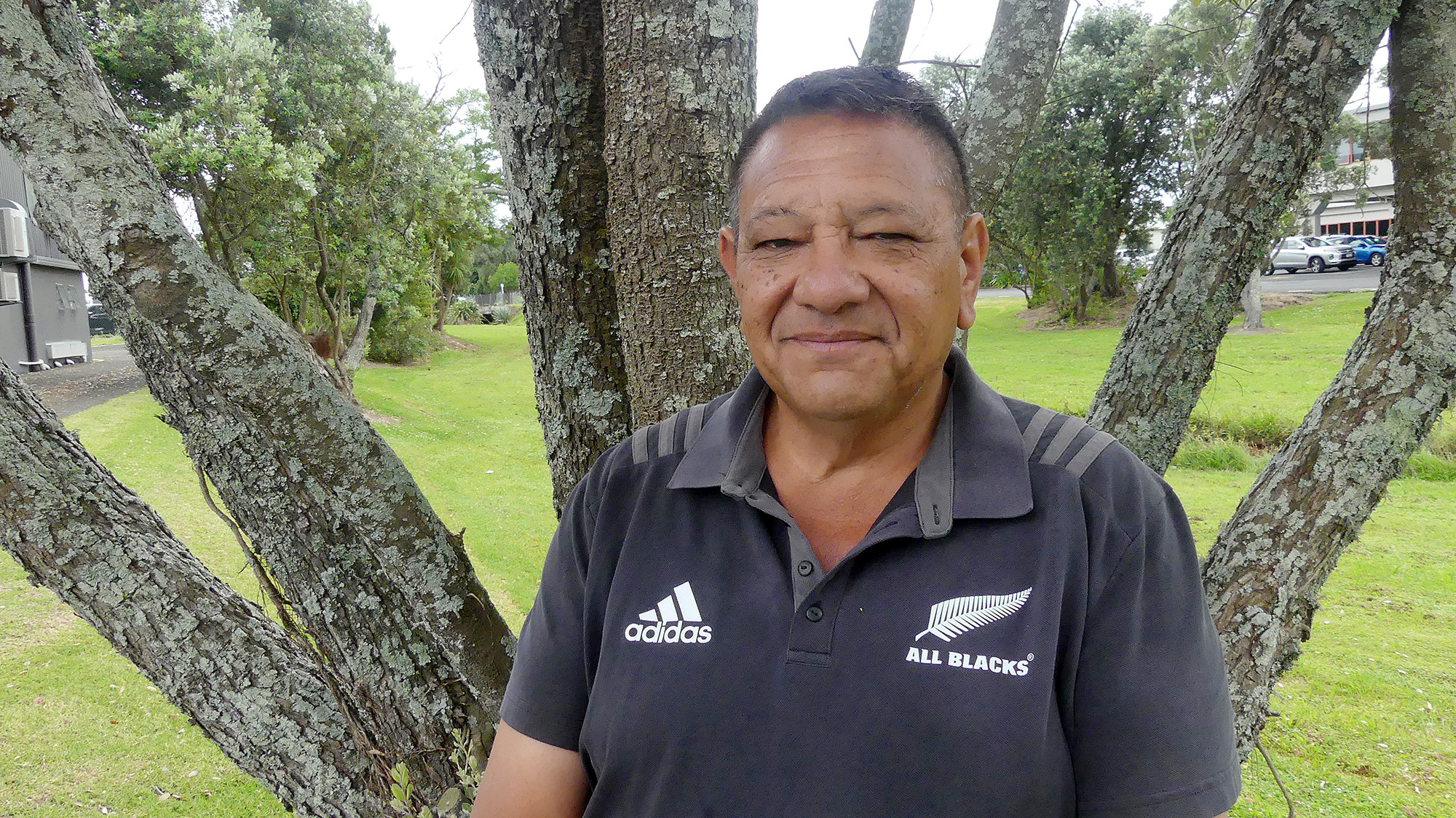Bottom line meets responsibility

SILVOPASTORAL RESEARCH: Orete No. 2 and Other Blocks Incorporated business manager Dane Tamepo says having “happy cows makes sense”. Photo Sven Carlsson E5168-01
Sven Carlsson
INNOVATIVE thinker Dane Tamepo, business manager and board member at Orete No 2 and Other Blocks Incorporated, has not only been instrumental in facilitating the large irrigation scheme on the coast – which has led to kiwifruit investments – but he’s also getting involved with better land use for whānau and their animals.
The Māori incorporation, based in Waihau Bay, is one of the research partners involved in a new Scion project that seeks to demonstrate the benefits of blending agriculture and forestry “in a way that addresses environmental, economic and social pressures”.
Though silvopasture is nothing new – “silva” means forest in Latin – the recent focus on open pasture systems has resulted in many negative environmental outcomes.
Silvopastoral systems research programme lead Peter Clinton said there had been little research on silvopastoral systems in New Zealand.
“There’s a gap in knowledge and a lack of demonstrated systems – this project aims to change that.”
Mr Clinton said that during the research programme, which started in August 2024, workshops would be held with research partners and landowners to identify sites where trees can either be planted into established farms or existing stands of trees can be modified.
“Animal and plant monitoring will ideally be done across trials on sheep, beef, and dairy farms,” he said.
“Trees on farms create more natural shelter for animals from the elements. Other benefits include less erosion, potentially more biodiversity and increased carbon sequestration.”
AgResearch senior scientist Karin Schutz said she was excited about the project and its animal welfare dimension.
“Cows and sheep are very good at seeking out microclimates that help them thermoregulate and stay comfortable, so it is good for their welfare,” she said.
“It’s also good for the farmer because animals that do not have to spend energy to thermoregulate produce more, so it is good for the wallet as well.”
Mr Clinton said that short-term, the project aimed to develop new systems infrastructure to promote farming practice changes.
“In the medium-term it aims to develop methods for quantifying the benefits of silvopastoral systems,” he said
“The long-term aim is for the public to have greater confidence in intergenerational sustainability of New Zealand agriculture and the Government to have greater confidence in the farming community’s ability to adapt to climate change and other global pressures.”
Mr Tamepo said the whole dairy platform of the incorporation’s 159-hectare farm would be involved with the research project and that two “rest areas” had been identified where the cows could go after they had stopped eating.
“We need to identify what types of trees and plants are suitable,” he said.
There was a growing demand for responsible farming at all levels, including regulation compliance, animal welfare, environmental concerns and resilience.
“It also allows us to tell a story – how we want to deliver products to the world,” Mr Tamepo said.
“Having happy cows makes sense.”
He said understanding the challenges and bringing to the table “our unique Te Ao Māori world view” were key outcomes for the incorporation and the reason for its involvement.
“Our intention is to share the research so our whānau, hapū and iwi can benefit,” he said.
“We can reach good production results while doing things differently – it’s where the bottom line meets responsibility.”